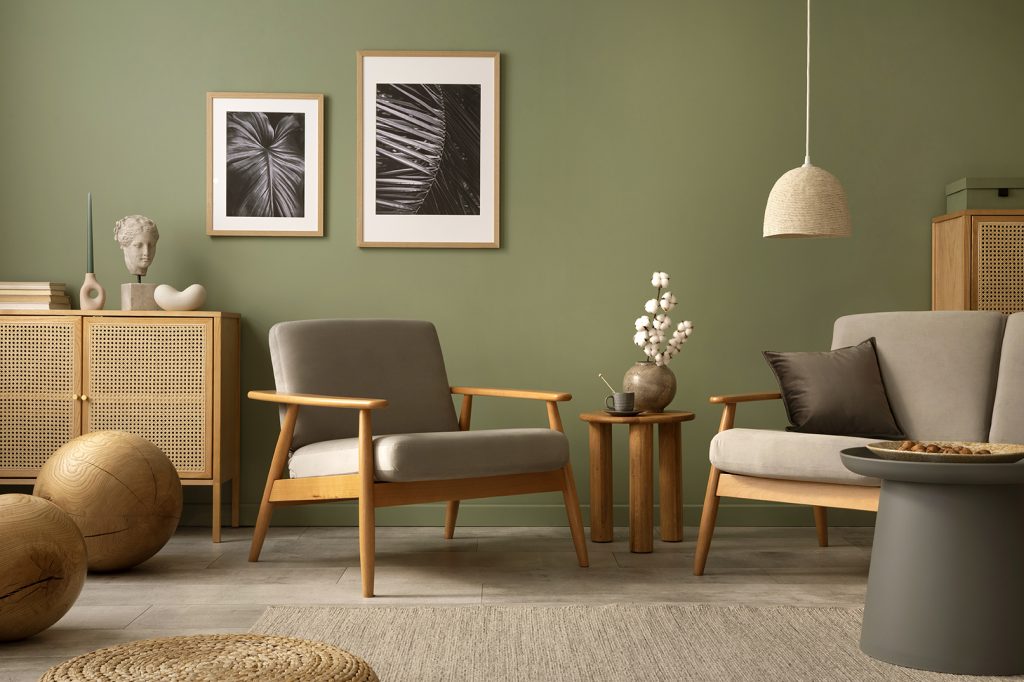Augmented reality (AR) technology is revolutionizing the interior design industry, providing new ways for designers to visualize and communicate their ideas, and for clients to experience and explore design options.
AR is a technology that superimposes digital information and images onto the real world, creating a “mixed reality” environment. This allows designers to create virtual 3D models of their designs and then view them in real-time, overlaid onto the actual space. This can be incredibly helpful for interior designers, as it allows them to see how their designs will look in a real-world environment, and make any necessary adjustments before moving forward with the project.
One of the key benefits of AR for interior designers is that it allows them to create more accurate and detailed designs. Traditional design methods often rely on 2D drawings and sketches, which can be difficult for clients to understand and visualize. With AR, designers can create highly detailed 3D models that accurately represent their designs, complete with furniture, finishes, and other elements. This allows clients to get a better sense of what the finished space will look like, and make more informed decisions about their design choices.
AR also makes it easier for designers to collaborate with their clients and other members of the design team. Instead of relying on static 2D drawings or physical mock-ups, designers can use AR to create interactive, real-time versions of their designs. This allows clients to experience the design as if it were already built, and provide feedback and make changes in real-time. By using AR, designers can also easily share their designs with other members of the design team, such as architects, contractors, and manufacturers, allowing for more efficient and effective collaboration.
Another key advantage of AR for interior designers is that it can help reduce costs and save time. By using AR to visualize and refine their designs, designers can avoid costly mistakes and rework, as they can catch potential issues before they become problems. This can save both time and money, as designers can move forward with their designs with confidence, knowing that they are accurately representing what the finished space will look like.
In addition to its practical benefits, AR is also enhancing the overall design process and making it more enjoyable for both designers and clients. By using AR, designers can create highly immersive and engaging design experiences, allowing clients to fully explore and experience their designs in a way that was not previously possible. This can make the design process more exciting and enjoyable for both parties, and help build stronger relationships between designers and their clients.
Overall, AR is shaping the interior design industry by providing new ways for designers to visualize and communicate their ideas, and for clients to experience and explore design options. By making the design process more accurate, efficient, and enjoyable, AR is helping designers create better designs, and building stronger relationships with their clients. As AR technology continues to evolve and improve, it will undoubtedly play an increasingly important role in the interior design industry.


